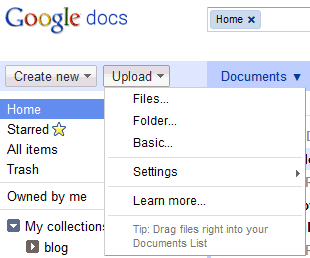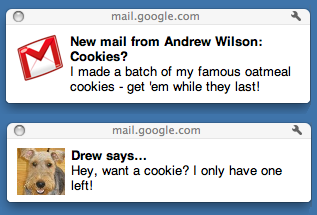1. App search in the address bar.

2. Clear Flash cookies (or Local Shared Objects) using the "Clear browsing data" dialog, instead of visiting a webpage.

3. Chrome Sync no longer uses a modal dialog and it's now properly integrated with the tabbed settings page.

4. Safe Browsing borrowed a feature from Internet Explorer 8: checking downloaded files for malware. Right now, this feature only works for Windows executables and shows a small message in the download bar.

5. No more Gears in Google Chrome. You'll no longer be able to use any app that relies on Gears to provide features like offline storage or web workers. The only Google service that still used Gears was Gmail.
6. Hardware accelerated 3D CSS (or 3D transforms). Chrome's blog suggests to try "Shaun the Sheep", an experiment that uses WebM video and 3D CSS to create an immersive app.

7. Chrome for Mac asks for confirmation when using Cmd+Q to quit the application. "When you press Cmd+Q, it brings up the floaty panel telling you to hold the key combo. When you do, it quits after 1.5 seconds." That sounds annoying.

8. Print and Save buttons in the PDF viewer.

9. A better interface for adding start pages.











































